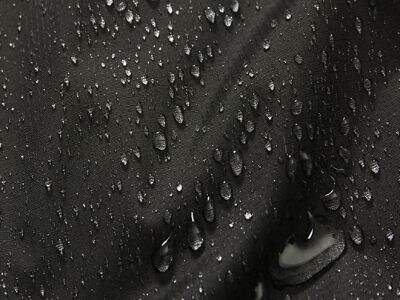In the world of things that are made out of lactic acid PLA — such as cups, plates and even toys — it’s useful to know what will make those things strong or weak. The physique of these extragalactic products is influenced by several things that you may think are a bit tricky but can be reduced to some easier-to-grasp concepts.
Studying the Effect of Polymer Blend Ratios and Additives.
When we talk about making things from lactic acid PLA, we frequently blend it with other materials to make it stronger or to make it have special characteristics. These are known as additives. That enables us to control how strong or flexible the final product will be by varying the amount of lactic acid PLA we mix with these additives, which are called polymer blend ratios. Some additives can make the lactic acid PLA stick together better, and some can make it not break as easily. The right mix ratio and additives are comparable to mixing a good recipe for an unbelievably strong and long-lasting product.
Effect of temperature, pressure and cooling rates on PLA strength.
How we heat and cool lactic acid PLA also influences the amount of strength it has. When we heat it, it gets soft and we can shape it any way we want. But if we chill it too quickly, it may not have time to set fully and solidify, and will be weak and brittle. By controlling the temperature, pressure, and cooling/rate dynamics during its manufacture, we can ensure that our lactic acid PLA procedures result in strong and robust lactic acid PLA products to cope with all kinds of bumps and falls.
Influence of chain length and branching on the mechanical properties.
Lactic acid PLA consists of long chains of molecules that are bonded together in a certain manner. The size and distribution of these chains, or branching, in the final product can significantly influence its mechanical properties. A longer and less branched chain generally has a stronger, more rigid material-shorter and more branching chains can make the material more flexible. Once we know how these factors affect the mechanical properties of lactic acid PLA, we can adjust the manufacturing process so that the product will possess certain strength.
Effect of humidity, UV exposure, and temperature on the PLA degradation.
Lactic acid PLA products are actually quite strong, but they may still decay over time if they are exposed to certain environmental conditions between the time they’re made and the time they are used for the first time. Conditions such as humidity, UV in sunlight, and extreme heat can cause the material to break down and weaken, making it more likely to tear or be punctured. To avoid this, it is advised to keep lactic acid PLA products in cool, dry areas out of the sun. By properly maintaining these items, they can stay strong and functional for many years.
Role of methods and standards for the testing of durability of product.
In order to ensure that our lactic acid PLA products are up to the highest standards of quality and durability, we need to test and produce in accordance with the proper standards. We can test those products in a range of test methods including strength, impact, and degradation testing, to see how they perform in different applications and possible weaknesses in the form of material failures. Following standards and rules laid down allow us to make sure that the lactic acid PLA we produce is a safe, reliable and durable product.
Ultimately, mechanical strength of lactic acid PLA products is mainly influenced from several factors, and thus it is easy to understand and control them. When we take the polymer blend ratio, additives, processing conditions, molecular structure, environmental influence and test method into consideration carefully, we are able to develope such product which is not only strong and durable but also has good environmental character. Sunfeng is dedicated to manufacture superior PLA lactic acid products to meet the demands of our clients and to drive sustainability and innovation in industry.

 EN
EN



































